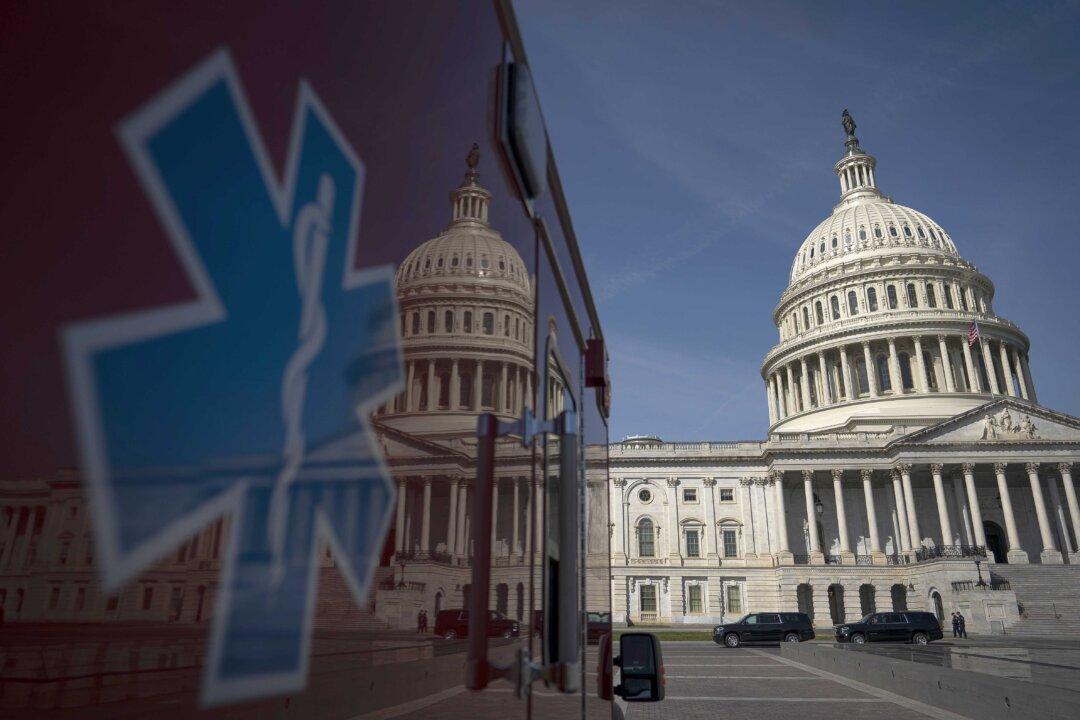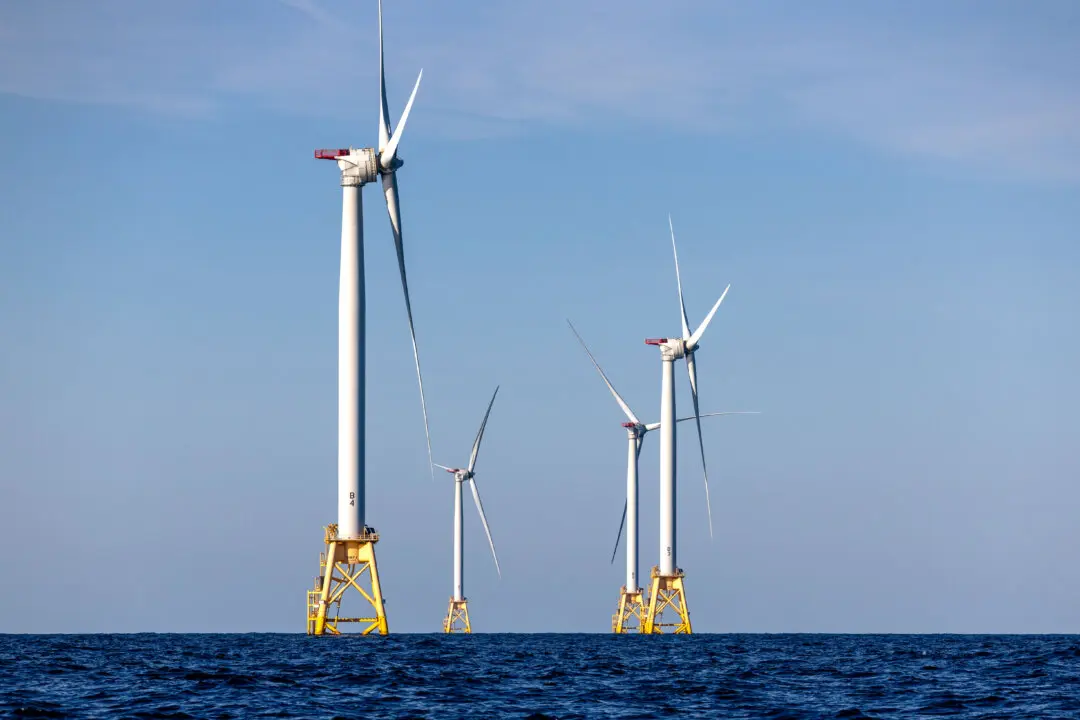America’s economy is projected to grow more slowly in coming decades than previously forecast, due in large measure to the impact of the CCP virus, according to the Congressional Budget Office (CBO).
The CBO, a non-partisan agency that produces economic and budgetary analyses to support the congressional budget process, on Monday released its newest long-term debt and growth projections through 2050. They show higher than previously expected levels of federal debt and weaker growth.





